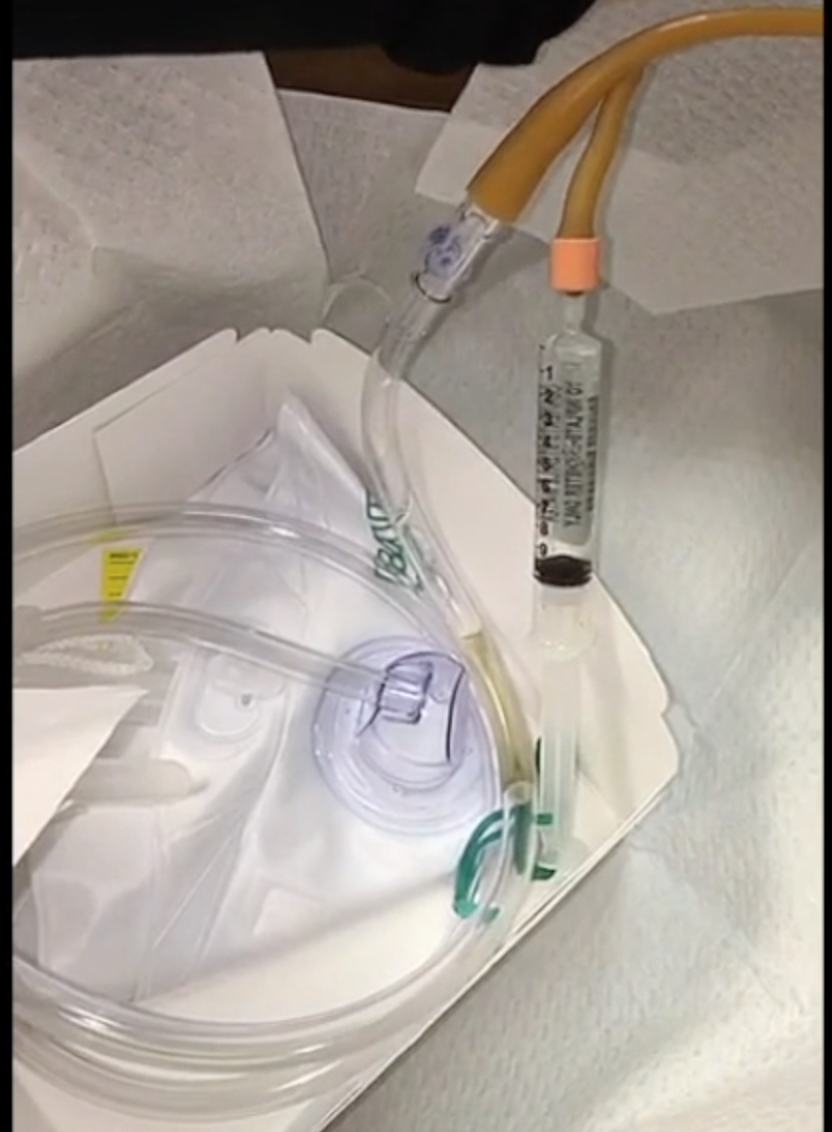
While it’s normal to be squeamish about a foley catheter, it’s actually a very important device. For those that don’t know, a foley catheter is a silicone tube placed into the bladder to measure urine output. Many think it’s just for bed-ridden patients that can’t get up to go to the bathroom. But it serves a much more important function than that overall, but particularly during surgery.
How is a foley catheter helpful
Getting dehydrated occurs if you’re out in the sun or working hard, but it’s also possible while laying still on an operating room table. If you’re getting liposuction, a lot of fluid (water) comes out with the fat. If you’re not careful and remove too much fat, the patient can become dehydrated. In medical terms, another way to say that is ‘hypovolemic shock.’ Basically it means you don’t have enough fluid pumping through your heart and blood vessels to function properly. But that doesn’t EVER have to happen!
With a foley catheter in place, the anesthesiologist can better monitor how much fluid you have circulating through your body. Think about what happens when you drink a lot water on a low key day. You pee a lot. If you’re out in the sun, even though you drink a lot of water, you may pee less. The body regulates how much fluid you need. If you drink a lot and your body doesn’t need it, you get rid of it in the form of urine. If it’s hot and you need to retain more water, you urinate less.
Same thing with a foley catheter. If you’re getting enough IV fluids and not losing much water during liposuction, more urine will come out of the foley catheter. This reassures the anesthesiologist that you have enough fluid on board. If you get a lot of liposuction, then less fluid is available to come out as urine. That would result in less urine coming out of the foley catheter. This tells the anesthesiologist that you’re starting to get dehydrated so they give you more IV fluids. Make sense?
Placement of a foley catheter
Even though no one likes the idea of getting a foley catheter up their ‘hoo-ha,’ it’s an incredibly useful tool to know if you have enough fluid in your body to avoid dehydration. It’s not necessary in an operation where fluids remain pretty steady (breast augmentation, facelift, eyelid lift). But it’s very helpful during operations with potential “fluid shifts” like any procedure involving liposuction.
To check pricing on liposuction or any other procedure, click here.




